New Delhi, October 18, 2025 — In what many see as a watershed moment for Indian sport, the inaugural DP World India Championship has emerged not just as a golfing contest, but as a symbol of India’s readiness to host mega-sporting events. Addressing media and dignitaries, Kapil Dev declared that the tournament’s seamless execution, international star presence, and fan enthusiasm validate India’s venue capability.
The week also featured a crossover moment that made headlines: Sachin Tendulkar greeting Rory McIlroy on the 18th green—blending cricket royalty with golf royalty.
Organisers highlight that this event was more than trophies; it was a rehearsal for the logistics, broadcast setups, crowd choreography, and operational demands that multi-sport events deliver. In a dense sports calendar dominated by cricket and large international tournaments, India is asserting venue confidence across fields.
Historic Field, Elevated Stakes
This edition is India’s richest golf tournament to date and features one of the strongest fields ever invited. Local media note that McIlroy’s presence added gravitas—he had committed earlier in May to compete. The Delhi Golf Club, known for narrow fairways and subtle greens, was transformed to meet global standards in setup, spectator management, and broadcast rigging.
Indian players including Shubhankar Sharma expressed excitement. Sharma said the course’s identity—with thick rough and demanding layout—added to the prestige and challenge.
Security, hospitality, media zones, and fan engagement zones were upgraded for global expectations. Even the media lounge got a revamp to serve special guests.
Kapil Dev, as PGTI president and cricket legend, played a visible ambassador role, interacting with sponsors, media and players. The synergy of sport icons and infrastructure was meant to send a message: India is ready for more.
What Makes This More Than a Golf Tournament?
A Template for Mega Events
This championship functioned as a stress test: logistics, crowd flow, broadcast, security, VIP protocols, media rights, fan zones—all were run under real pressure. The lessons here extend beyond golf to events like Commonwealth Games, Olympics bids, or multi-sport festivals.
Cross-Sport Crossover & Brand Value
The McIlroy–Tendulkar meeting symbolically linked cricket—India’s dominant sport—with golf. The moment reinforced that India’s sporting identity is broadening.
Branding tie-ins, sponsor engagement, and hospitality also overlap with big-ticket events. Venue operators now have a playbook for monetising premium spectator experience.
Infrastructure Leverage
The Delhi Golf Club is centrally located but spatially constrained. Yet operations pushed the envelope—logistics, parking, backup access routes, greens maintenance, media rigs—all had to be squeezed in. The success here suggests India’s densest cities can host internationally competitive events.
Broadcasting and Digital Reach
High-definition transmission, multiple camera angles, streaming, media center coordination, commentary setup—these parts are often the hardest in a new event. India is showing it can deliver without major glitches.
Challenges & Caveats
- Venue Constraints: Delhi GC is space-limited. Upgrades for bigger tournaments may require land or structural expansion.
- Sustainability: Events like these must balance spotlight with long-term upkeep—maintenance, turf health, infrastructure stress.
- Scalability: Can organizers replicate this at remote venues across India, not just in Delhi and metros?
- Legacy Engagement: Post-event, courses, fan zones and public interest must be sustained, not fade away.
- Cost vs ROI: The expense in infrastructure might require high returns via sponsorship, ticketing, merchandising to justify continuation.
Voices from the Ground & Experts
“If we can pull off an international golf event with legends and world media, why not a multi-sport championship?” said a PGTI official.
“Every major event is won or lost on venue ops. India just passed this audition,” said a sports infrastructure consultant.
Players too weighed in. McIlroy, in media remarks, complimented the course setup and fan energy. Indian players praised the platform: one veteran said this is a signal the world is taking Indian golf more seriously.
What to Watch Going Forward
- Will India host further European / PGA co-sanctioned events?
- How many Indian players break through with competitive finishes?
- Whether the infrastructure upgrades remain post-event or become maintenance burdens.
- If multi-sport events tap this blueprint in planning (e.g. traffic planning, modular stadiums).
- Investor interest in sports infrastructure: private tourneys, academies, facility upgrades.
If India delivers on consistent quality, it could bid for multi-sport events with far stronger credentials than before.
Conclusion
The DP World India Championship, beyond golf, is a statement: India is evolving from a sports consumer to a global host. Kapil Dev’s assertion is not mere optimism—it’s born from this week’s blueprint in operations, recognition, and ambition.
If India can replicate this model in cities across the country, sporting diplomacy, infrastructure investment, and fan culture could all grow exponentially. This tournament is more than a win on grass—it is a stepping stone for India’s sporting future.
#Golf #DPWorldIndia #KapilDev #RoryMcIlroy #SportsBiz #VenueOps #IndianGolf #EventManagement











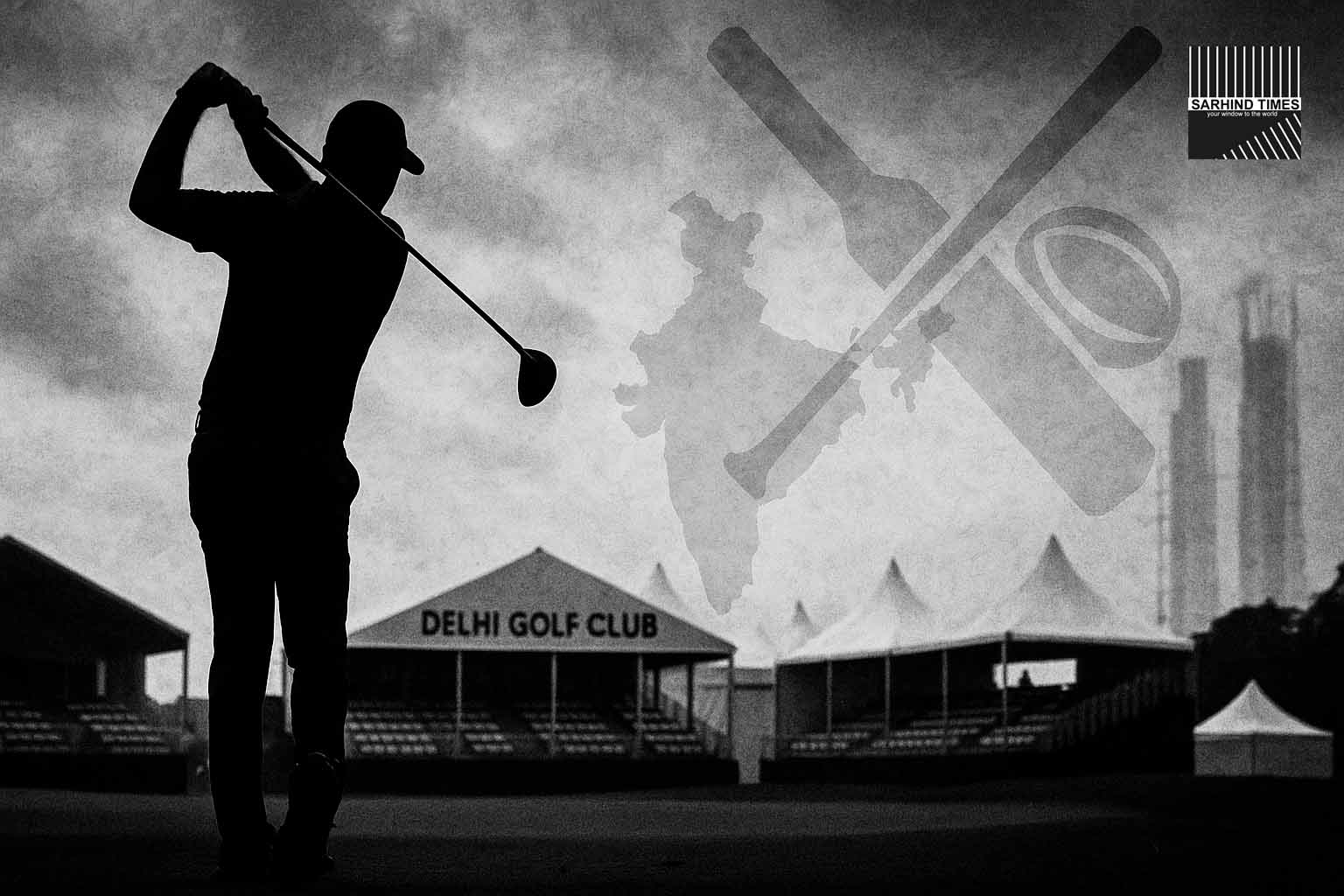
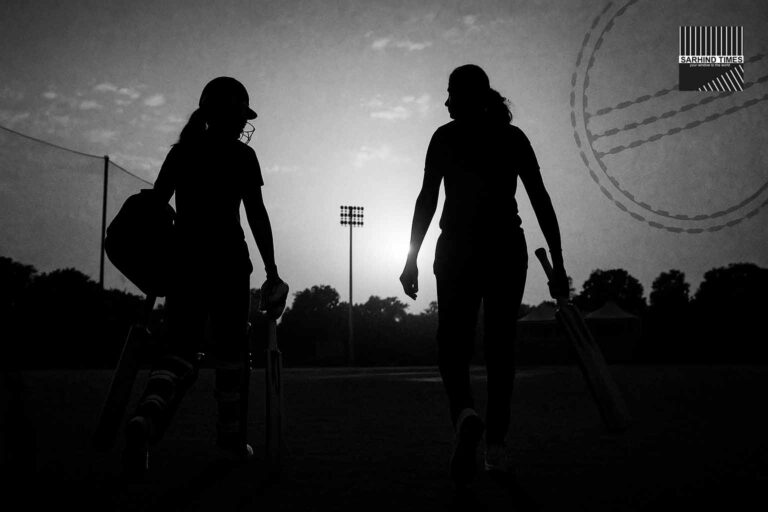

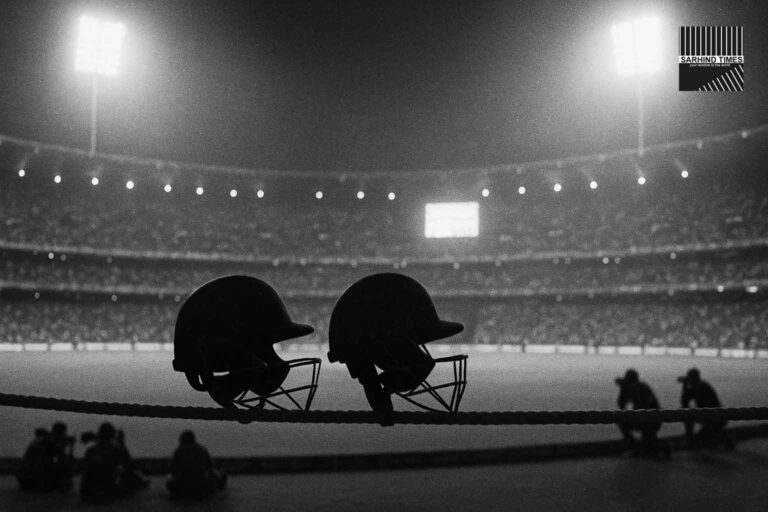


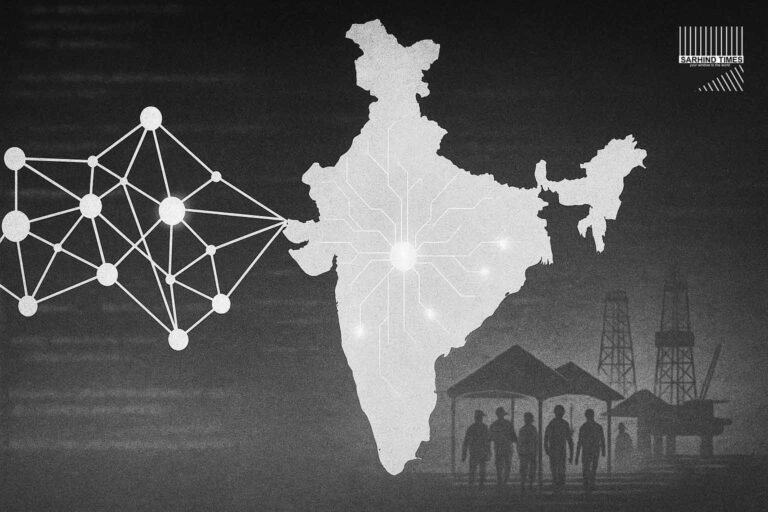
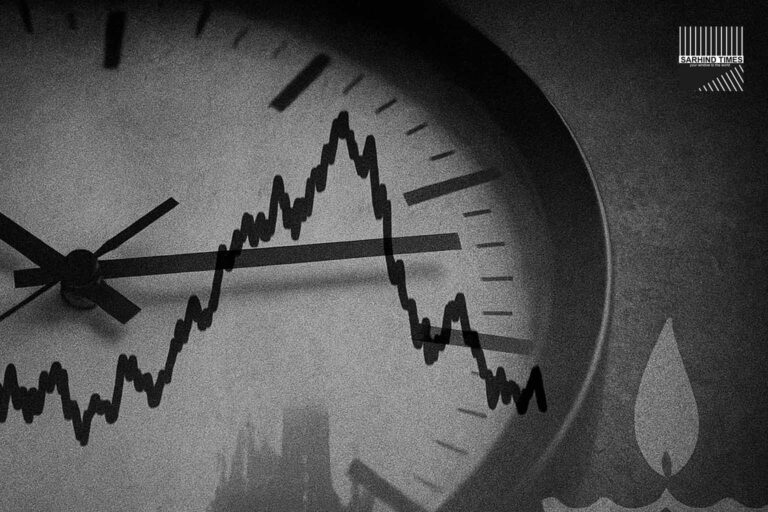



+ There are no comments
Add yours